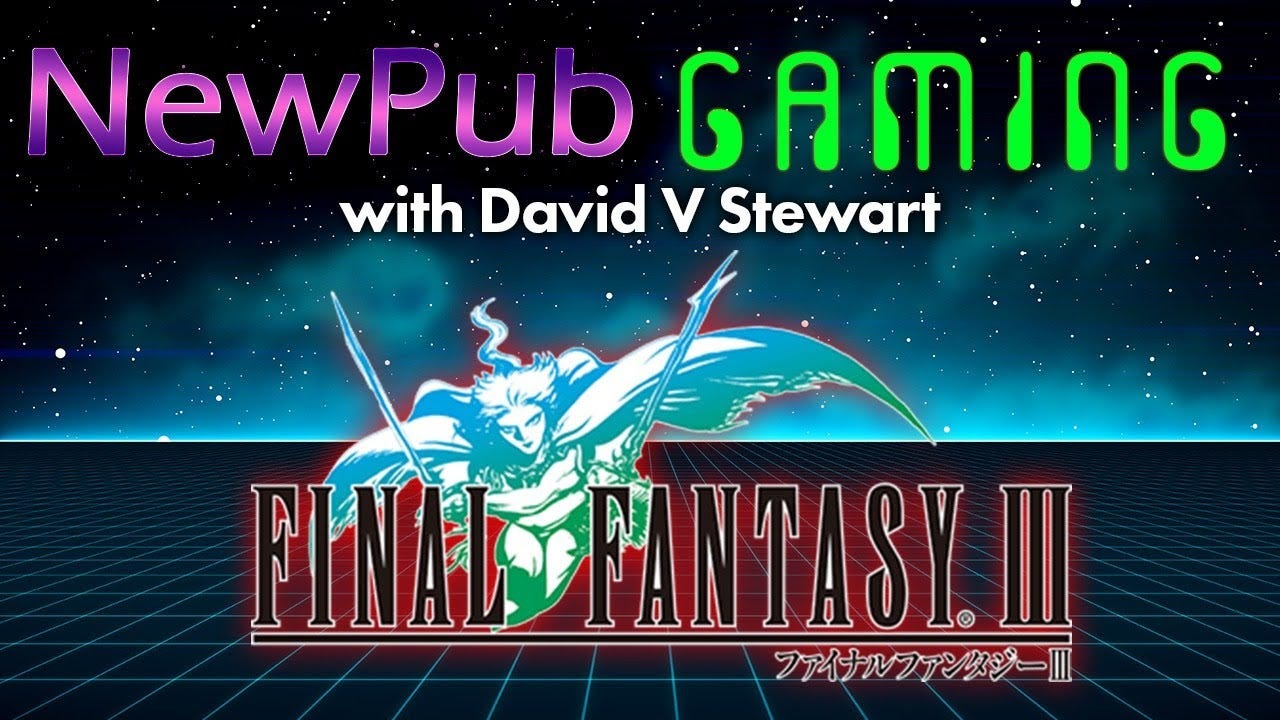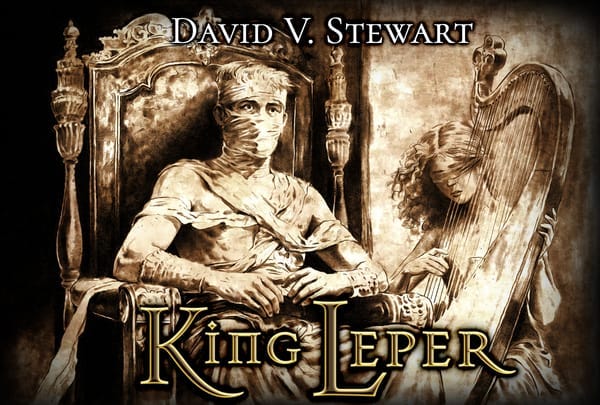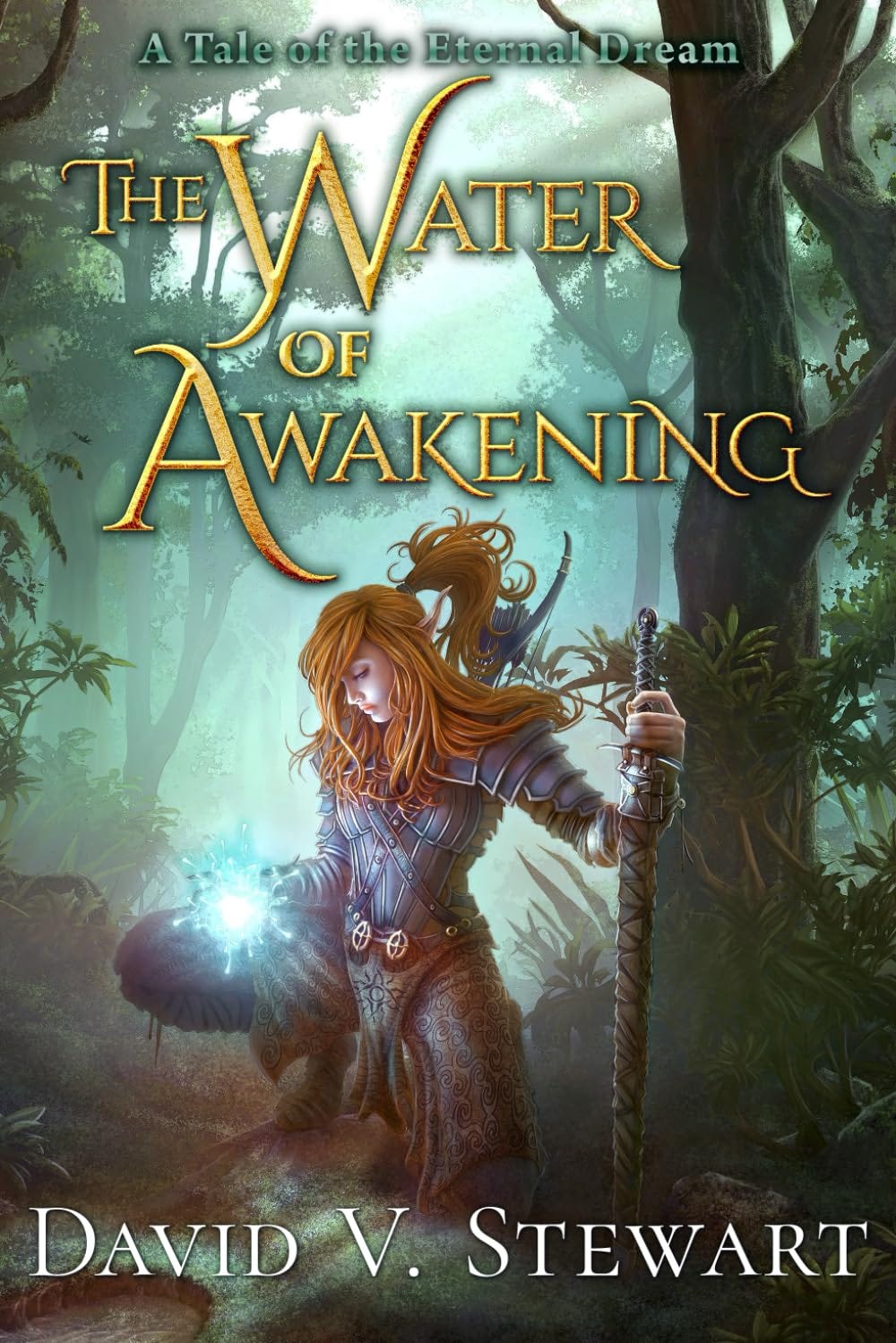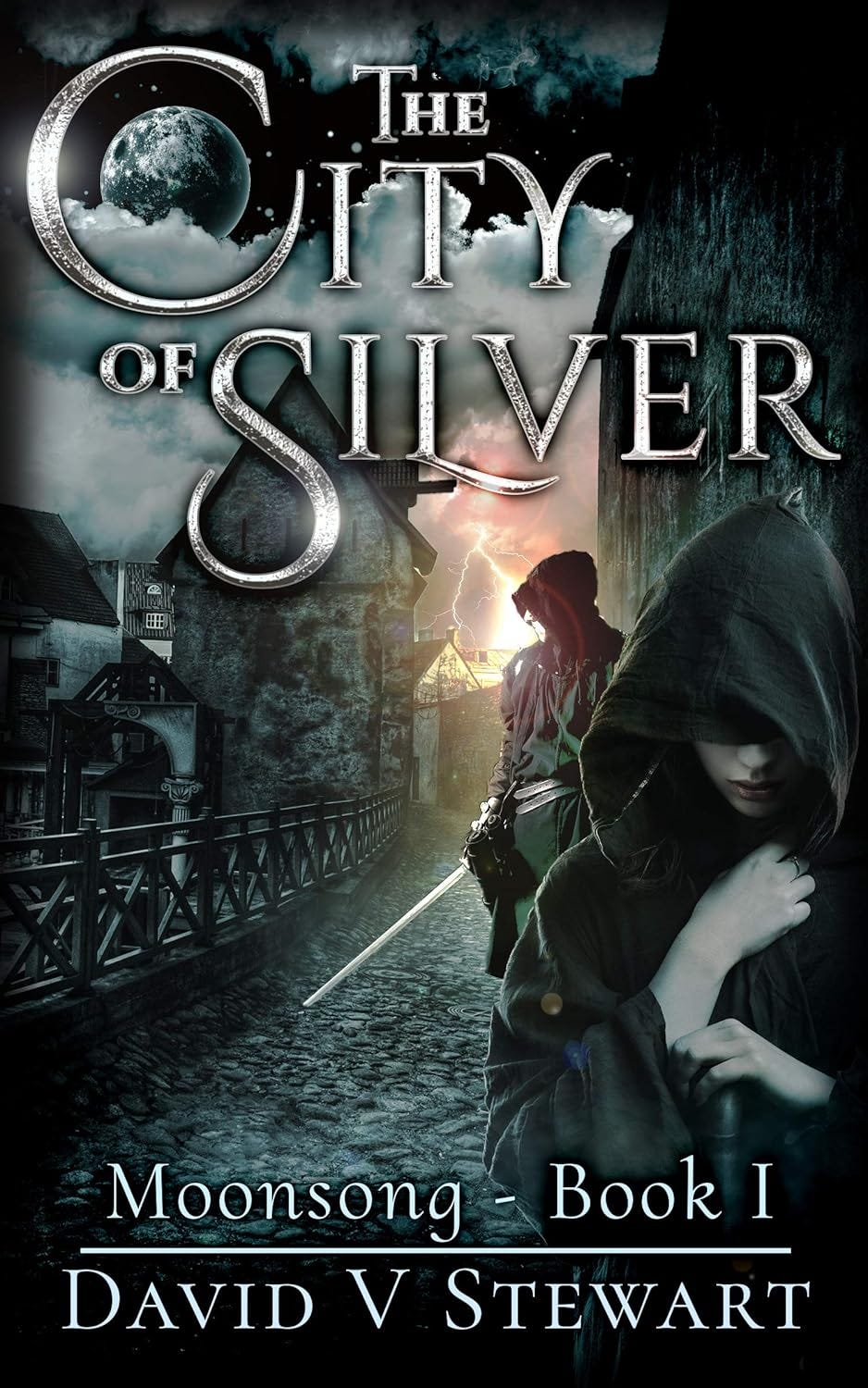Love epic tales of adventure and love? Back King Leper today!
Before I begin, I must once again clarify which game I am talking about. There was a Japan-only Famicom Final Fantasy III, whereas the Final Fantasy III released in the West was actually Final Fantasy VI since the fifth game in the series was a Japan-only title and the fourth game was Final Fantasy II in the West because the real Final Fantasy II and III weren’t released here and they didn’t want consumers to be confused by the skipped numbers.
But it gets worse.
Anyway, Final Fantasy III was for the Famicom (the Japanese NES) but wasn’t available in the West until a remake of the game was made for the Nintendo DS in 2006. That remake, which featured 3D graphics and overhauled gameplay (because there could be fewer enemies on screen), was ported to iOS in 2011, and that version was ported to the PSP in 2012, but most people could only play on a PS Vita because it was a digital-only title. That was the version I streamed. You could not play the 2D version in America until 2021 as part of the Pixel Remaster series. As such, if you want to play the Famicom version in English, it will be through a fan ROM hack.
I feel like Final Fantasy III is a good game, but it’s hard to say because there are so many versions, and some are radically different from others. The 3D version I streamed using my Vita was a ton of fun, though the 3D graphics don’t hold up well. The DS ran 3D about as well as the PS1, and that look aged terribly compared to the 16-bit era or the PS2 era. A point in the remake’s favor is the choice to pursue a stylized “cute” look to the characters, which makes the low-poly models look a bit better years later. I also like that, compared to the original, each character was visually unique even as they changed classes.
I find the pixel remaster version to be a little more aesthetically pleasing, but it isn’t quite original and is missing some of the flavor of the NES and its sound chips and palette choices. Still, the remaster is probably the best way to play the game, even though I did thoroughly enjoy the remake and think it is the more balanced and approachable version, which is a roundabout way of saying that the Famicom version is harder. One benefit of the 2D versions is that combat can go more quickly, which is necessary as sometimes the screen is filled with nine enemies. The remake maxes out at three, but they hit harder and have more health, so the strategies are different. Really, you can’t go wrong either way you want to go.
The big innovation of Final Fantasy III is the job system, which allows the player to change the class of all the characters as the game progresses, building up unique parties of different strengths against different kinds of enemies. You can even use the system to super-power your characters by mastering jobs and using unique items. The whole system keeps things feeling fresh as you explore, rather than just falling into a mode where you do the same few actions over and over. I felt engaged in my party’s jobs right up to the final battle.
The story also levels up with this installment, increasing its epic scope to include cataclysms and forgotten worlds. The characters have relatively simple backstories, but they are sufficient to supply the call to adventure and get them moving through the real start of the story, which is the world itself. As the characters explore, solving various problems, they grow by acquiring new abilities in the form of new jobs. Illusions as to the nature of the world are removed to reveal a hidden history and a mythological conflict between light and dark. These themes find their way into later games, especially Final Fantasy XIV, which had an entire expansion based on the inversion of Final Fantasy III.
I think the game is a worthy addition to the canon and a game that can yield lots of fun in all of its forms, at least for experienced players. I don’t think that, because of the complexity of the systems and the overall challenge level (especially with the Famicom version), it is a good place to begin playing Final Fantasy. A better choice for the classic era, which comprises the first nine games (or more, depending on what you want to count), would be the fourth game. For veterans of the more “accessible” titles, Final Fantasy III will scratch an itch that most of those others do not, which is the management of the job system to overcome stiff challenges. There are a few places where you may be inclined to grind, and I think the job system encourages it, but if you are thoroughly exploring, these are not so frequent as the encounter rate, like the first two games, is very high.
It’s the first game of the series that, to me, feels truly epic. It takes much longer to get through than the previous two titles, but that isn’t a bad thing, as the story and its Odyssey-like subchapters are compelling, and the gameplay is constantly changing. It establishes many dynamics that would define the games that followed it in the SNES and PS1 era.
I recommend it.
Don’t forget to back King Leper, the epic fantasy tale from yours truly!
I am an independent artist and musician. You can get my books by joining my Patreon, and you can listen to my current music on YouTube or buy my albums at BandCamp.









Thanks for the review. Though still a little rough around the edges like its predecessors, Final Fantasy III was where the series figured out what it wanted to be. The job system, and even tropes like floating continents and the Onion Knight, debuted here and remain with the franchise. FF III marked the moment when all the science-fantasy influences gelled into a whole greater than the sum of their parts.
Tl; dr: If not for FF III, we wouldn't have FFs V, Tactics, or IX.